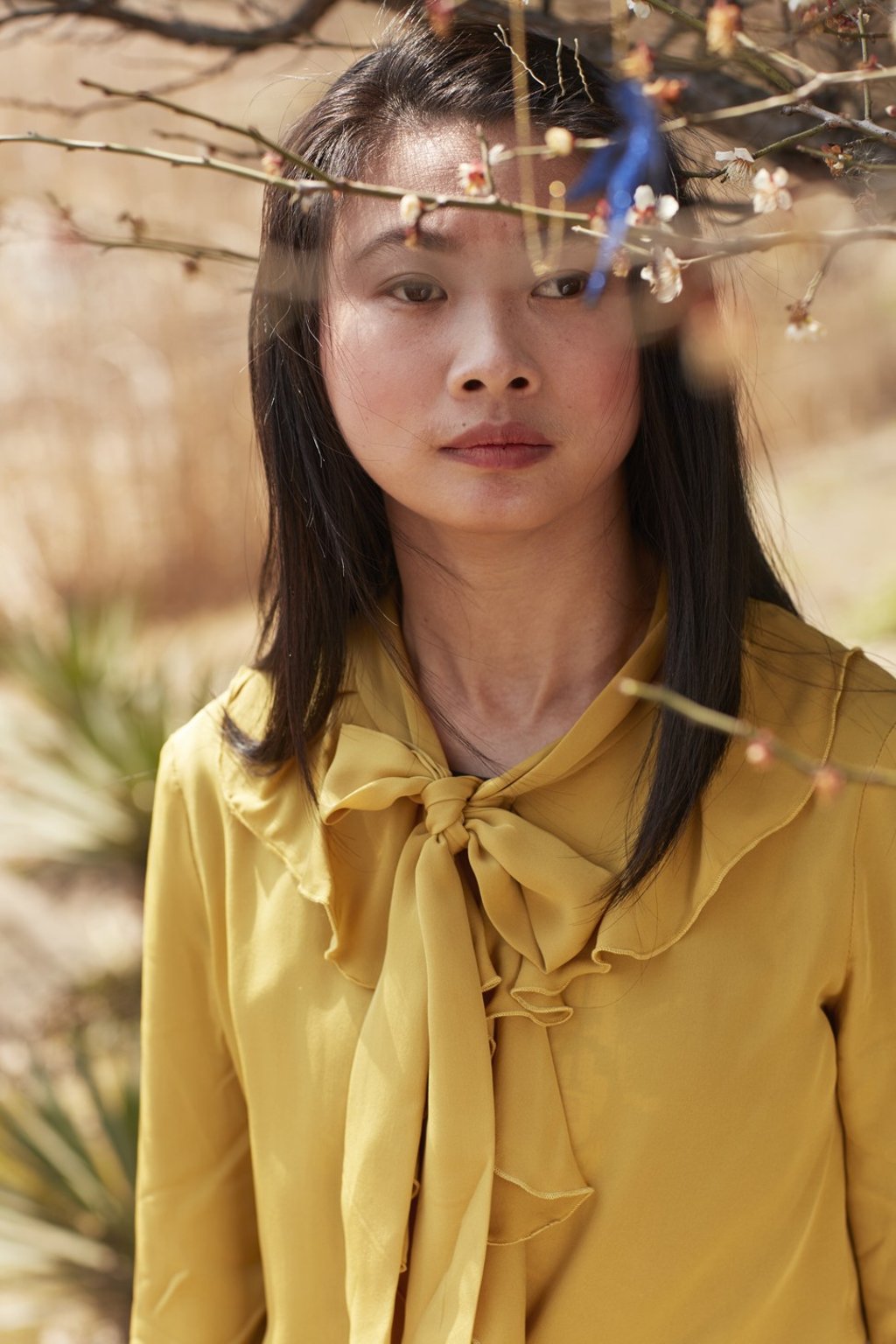Inclusive fashion: why it is the next wave of conscious consumerism, and a label leading the way in China
- Fashion is more inclusive in its choice of models and acceptance of body types but few global brands other than Tommy Hilfiger cater to special-needs customers
- That’s why radically inclusive Spanish label Zurita’s adverts featuring Chinese women with disabilities as models is game changing

The next wave of socially conscious consumerism in the fashion industry will be driven by inclusion.
Inclusion in fashion used to mean casting one or two black models for catwalk shows and advertising campaigns, but nowadays models of many different ethnicities can be found on catwalks and billboards around the world.
Fashion has also taken measures to become more inclusive in terms of body types, with the American market leading the increase in sizing options available to consumers. Brands such as Universal Standard have been praised for producing each of their garments in sizes from 00 to 40, and figures such as Rihanna have upended traditional notions of ideal body type.
For all this inclusiveness, other groups remain marginalised. One such group, of people with intellectual and developmental disabilities (IDD), have been under-represented in fashion, but that is beginning to change.

Brands such as Spain-based Zurita, which promotes “Human(e) Fashion”, are leading the way on inclusive fashion and beauty in China; with 85 million people in the country living with disabilities, Zurita’s recent advertising campaign in China was not only socially significant, but could have economic ramifications given their spending power.